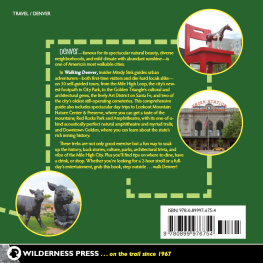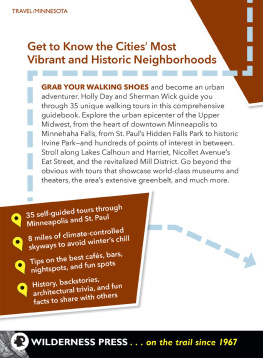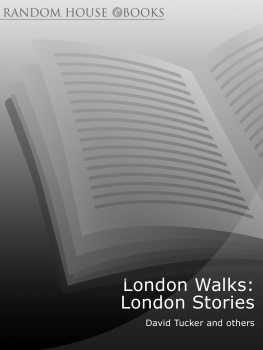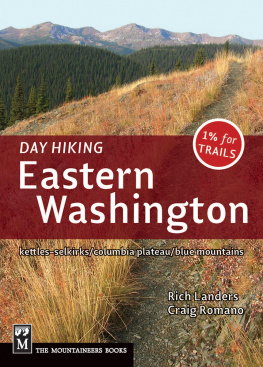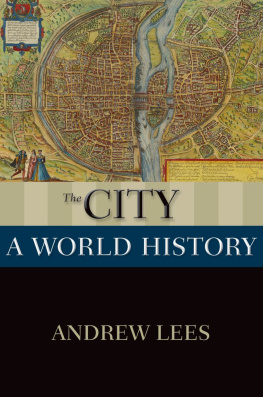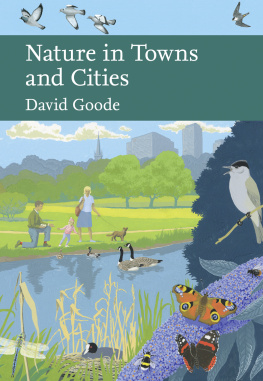
WALKING WASHINGTONS HISTORY

WALKING
WASHINGTONS
HISTORY
Ten Cities
JUDY BENTLEY
A Ruth Kirk Book

Walking Washingtons History is published with the assistance of a grant from the Ruth Kirk Book Fund, which supports publications that inform the general public on the history, natural history, archaeology, and Native cultures of the Pacific Northwest.
Copyright 2016 by the University of Washington Press
Printed and bound in the United States of America
Composed in Adobe Garamond, Whitney, and Helvetica Neue Condensed
20 19 18 17 16 5 4 3 2 1
Cover and frontispiece photo:
Smith Tower, by David Glass
Maps: Matt Stevenson of CORE-GIS
Quotation on from Wanderlust: A History of Walking, by Rebecca Solnit, copyright 2000 by Rebecca Solnit. Used by permission of Viking Books, an imprint of Penguin Publishing Group, a division of Penguin Random House LLC.
All rights reserved. No part of this publication may be reproduced or transmitted in any form or by any means, electronic or mechanical, including photocopy, recording, or any information storage or retrieval system, without permission in writing from the publisher.
UNIVERSITY OF WASHINGTON PRESS
www.washington.edu/uwpress
LIBRARY OF CONGRESS CATALOGING-IN-PUBLICATION DATA
Bentley, Judy.
Walking Washingtons history : ten cities / Judy Bentley.
pages cm
Includes bibliographical references and index.
ISBN 978-0-295-99668-4 (paperback : alkaline paper)
1. Washington (State)Guidebooks. 2. Cities and townsWashington (State)Guidebooks. 3. Historic sitesWashington (State)Guidebooks. 4. WalkingWashington (State)Guidebooks. 5. Washington (State)History, Local. I. Bentley, Judy. Hiking Washingtons history. II. Title.
F889.3.B46 2016
The paper used in this publication is acid-free and meets the minimum requirements of American National Standard for Information SciencesPermanence of Paper for Printed Library Materials, ANSI Z39.481984.
Contents
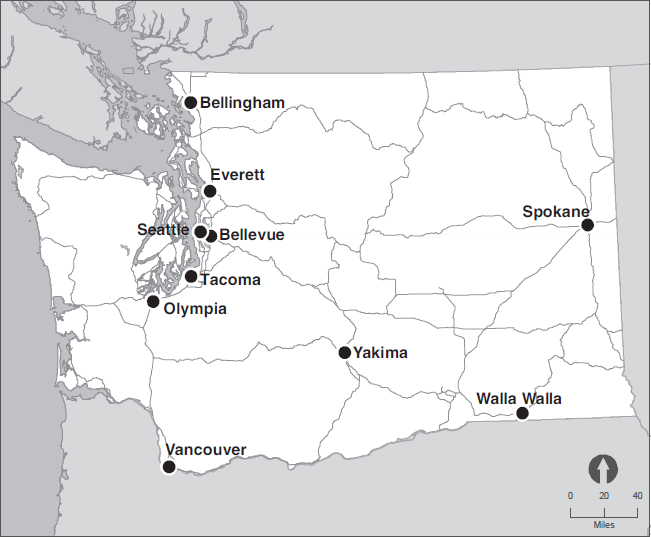
Introduction
All people have sought to manifest in lasting form their pride, their loyalty and their faith.
Virgil G. Bogue, city engineer, 1911
Cities are meant to be walked.
Wayne Curtis, The Last Great Walk
In teaching Pacific Northwest history, I have often asked students to research one square block of a city or one square mile of the country to uncover layers of history. Students discover that even a limited space reveals amazing richness. They find, for instance, that a stretch of the Duwamish Waterway in Seattle was destined to become a port terminal until Duwamish chairwoman Cecile Hansen made a few persistent phone calls. She knew of a village named hah-AH-poosHerrings Houseon its banks. Later, Croatian fishing families lived on the rivers banks in a community called Riverside. A mill provided lumber for Scandinavian shipbuilders but left a brownfield of cement chunks, oil patches, and creosote. Now a trail winds through a park along the only natural stretch of the river left in the city.
History students throughout the state find coal mines in Bellevue, ghost signs in Spokane, treaty sites in Walla Walla. A few blocks from Seattles Elliott Bay, they find Schmitz Parkonce an old-growth forest, then an Olmsted-designed park, a source of firewood for neighbors during the Great Depression, and briefly a skateboard park known only to local teens. They uncover these layers in libraries but most directly on foot. To know a citys history, we must walk its sidewalks, trails, and streets; feel the land underfoot; and see the built environment, the succession of buildings, from cedar planks to brick to rusticated stone and steel. We will find Washingtons history by walking Washingtons cities.
Although the urge to gather and settle in groups is ancient, this states urban history is relatively short. Native people in the Northwest lived dispersed along the rivers, coast, and plateaus, but thousands gathered during the height of the salmon runs to fish, socialize, and trade at Celilo Falls, Kettle Falls, and the confluence of the Snake and Columbia Rivers. Washingtons cities also began on waterwaysalong the lower Columbia River, the Yakima River, and the falls of the Spokane River; on Elliott Bay, Commencement Bay, and Bellingham Bay, the inlets of Puget Sound named by European and American explorers. Fur companies set up trading posts on prairies. American settlers cleared land, built sawmills, and constructed docks to export logs. Mining rushes, farming, and ranching boosted Walla Walla, Spokane, and Seattle as both supply points and markets. Railroad surveyors determined the destiny of Tacoma and forced Yakima to move. These boomtowns anchored the territory as immigrants poured in from the East, from the Midwest, and even from Europe and Asia. In the 1880s, Washington grew faster than any other area of the nation.
In less than a hundred years from its founding, the nation of small farmers that Thomas Jefferson envisioned had been eclipsed. Instead, energy and talent went into building towns, according to historian J. William T. Youngs. Western cities wanted to be the next New York or Chicago. Urban real estate was a source of wealth. By statehood in 1889, more Washingtonians lived in cities than on farms, nearly one-third of them in Tacoma, Spokane, or Seattle. By choice or destiny, we became urban people.
Urban history is not a romantic history but a story of real conflictwhether to use space for private gain or common good and how to define the common good. Railroads have dominated waterfronts. Landfill and regrades have altered shorelines and displaced residents. Power companies have usurped rivers. Ethnic groups have competed for jobs. Owners and workers have clashed. Highways and freeways have bullied their way through cities, separating neighborhoods and destroying walkability. Landmarks, those markers of place that guided travelers and focused memories, have disappeared in parking lots and office towers.
Rebecca Solnit points out in her book Wanderlust that public space is being abandoned and eroded in older cites: malls replace main streets; streets have no sidewalks; buildings are entered through their garages, and technology brings services to the home. The virtual marketplace replaces the real centers of human interaction.
Despite these forces, Washington cities are alive and well. In worlds fairs and expositions, Seattle and Spokane have flaunted their identities. Slogans have boasted of prosperity: Hear Everett Hum, Bellinghams Better, and The Valleys of the Yakima Beat the World. In the words of Virgil Bogue, who developed a grand plan for the city of Seattle, citizens have invested their pride, loyalty, and faith in civic centers. Women have fought for basic rights and founded civic institutions that enhanced community life. A new generation has moved back downtown from the suburbs. Visionaries have developed trails that lead along riverfronts or railroad grades, providing paths through each citys history. Walking carries us through the public spaces that have been shared for decades, preserving those spaces.
Next page

